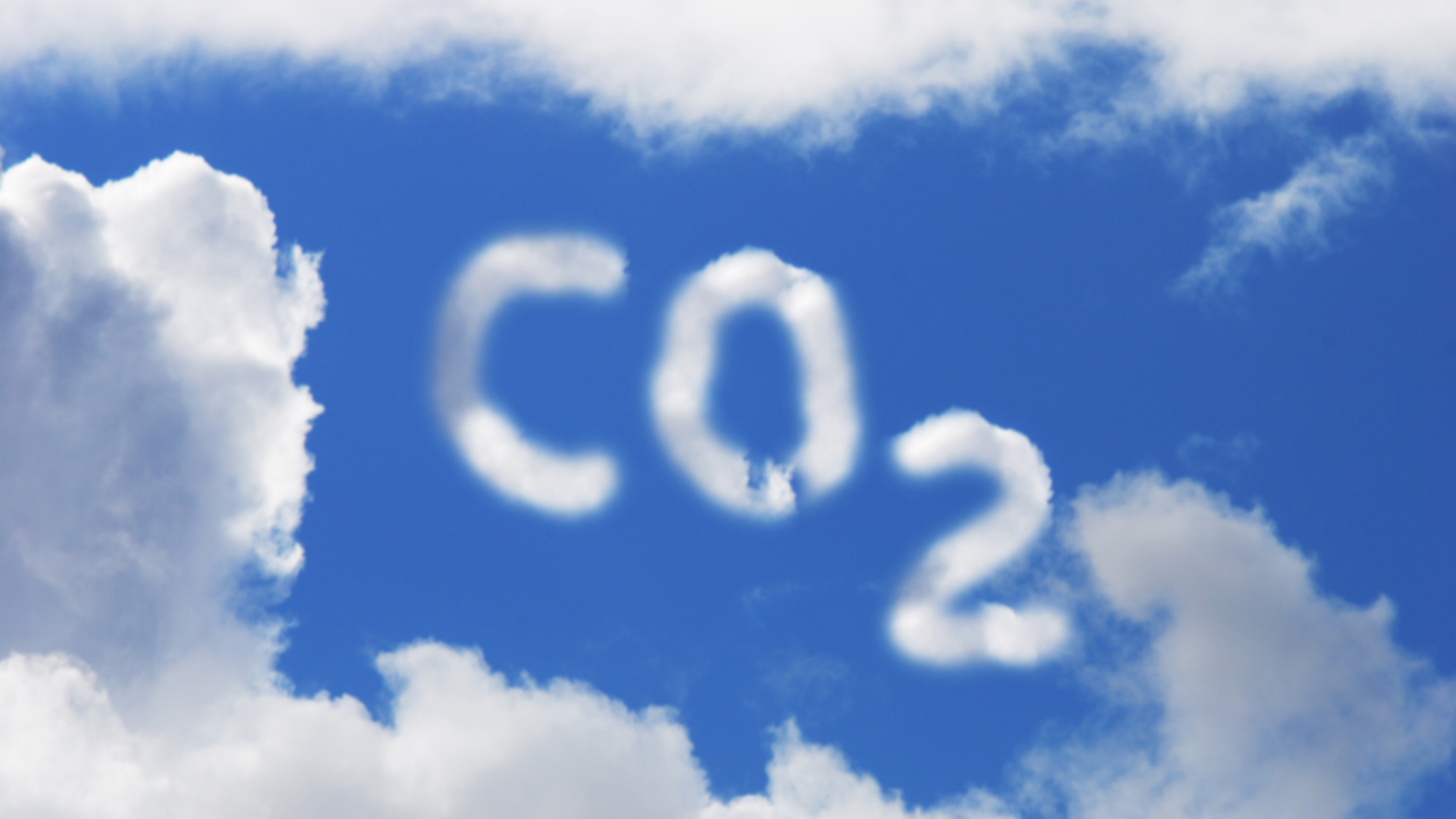If you spend much time keeping up with the climate, you are bound to come across a number like 400 PPM, or parts per million. Simply put, that’s a measure of the amount of CO2 in the atmosphere. That means, on average, 0.04 percent of our atmosphere consists of carbon dioxide. It may not sound like a lot, but that number has been growing steadily ever since we first started measuring it — and that, in a nutshell, is what’s driving climate change.
But how do we measure that number, anyway? And what does it mean? In the latest episode of The Adaptors, science reporter Jeff Delviscio delves into the nitty gritty questions of PPM — and ends up at the big picture implications of a global CO2 standard. How exactly do you get from a NOAA lab outside of Boulder, Colo., to Algerian monks collecting air samples in the middle of the Sahara, to carbon markets and the end of capitalism? It’s all about those tiny, powerful, ubiquitous, elusive PPM.
Listen to the full episode below, or subscribe to The Adaptors here.
[protected-iframe id=”3b64d6033b32600e9ab26d5f2bb75d3f-5104299-57007830″ info=”https://w.soundcloud.com/player/?url=https%3A//api.soundcloud.com/tracks/225357883&color=ff5500&auto_play=false&hide_related=false&show_comments=true&show_user=true&show_reposts=false” width=”100%” height=”166″ scrolling=”no”]



